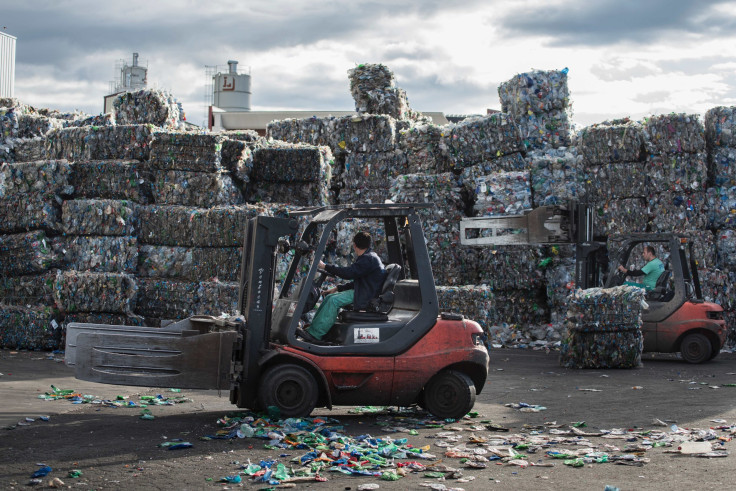Anthropocene: Humans May Have Tipped The Planet Into A New Geological Age

Geologically speaking, we are currently living in the Holocene — an epoch that began with the end of the last ice age nearly 12,000 years ago. However, a team of scientists now posits that the impact of our species should be considered significant enough to merit categorizing the age we live in as a separate epoch — the Anthropocene.
“Human activity is leaving a pervasive and persistent signature on Earth. … Humans are altering the planet, including long-term global geologic processes, at an increasing rate,” a team of researchers, led by Colin Waters, a geologist with the British Geological Survey in the U.K. and secretary of the Anthropocene Working Group — an organization within the International Union of Geological Sciences — said, in a study published Thursday in the journal Science.
The question of whether the current age should be classified as Anthropocene has been a lingering one. Last year, Simon Lewis and Mark Maslin from the University College London made a similar recommendation, calling for the beginning of Anthropocene to be set either at 1610 — when the impact of the “New-Old World collision” was first felt globally — or at 1964 — characterized by the high proportion of radioactive isotopes in Earth’s rock layers, produced as a result of nuclear weapons tests.
However, the latest study, which is among the most comprehensive ones to make a case for the formal classification of a new epoch, argues that the beginning of the Anthropocene should be pegged at around 1950, which marks the start of the “Great Acceleration,” when human population and its consumption patterns suddenly sped up.
“I think these changes will be really obvious in the fossil record,” Scott Wing, the curator of fossil plants at the Smithsonian National Museum of Natural History, told the Smithsonian magazine. “Imagine the abundance of beef and chicken bones and corn cobs in sediments from now versus sediments deposited 300 years ago.”
Additionally, the 1950s also marks the beginning of the spread of human artifacts rich in aluminum, concrete and plastics, which, the researchers argue, form rapidly evolving “technofossils.”

An estimated 300 million metric tons of plastic is now produced annually, most of which ends up in oceans. Concrete has now become so prevalent in construction that more than half of all the concrete ever used was produced in the last 20 years.
However, the scientists say the strongest argument for the creation of a new category comes from our legacy of nuclear weapons tests in the 1950s and 1960s. This activity would be apparent to any future geologist, even hundreds of millennia from now, who bothers to look for humanity’s telltale signature on the planet. For instance, plutonium — the element used in atomic bombs — has a half-life of over 24,000 years and would be detectable by existing mass spectrographic techniques for nearly 100,000 years.
“The paper looks at the magnitude of the changes that humanity has made to the planet,” Waters told the BBC. “Have they been sufficient to significantly alter the nature of the sediments now being accumulated at present, and are they distinctive from the existing Holocene Epoch that started at the end of the last ice age? That case has now been made.”
The proposal will be presented to the International Commission on Stratigraphy — the geological body that formally approves such divisions — later this year.
© Copyright IBTimes 2024. All rights reserved.












